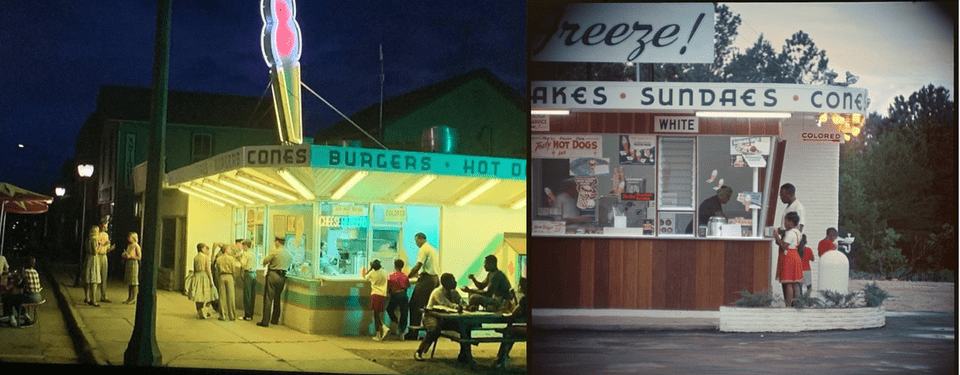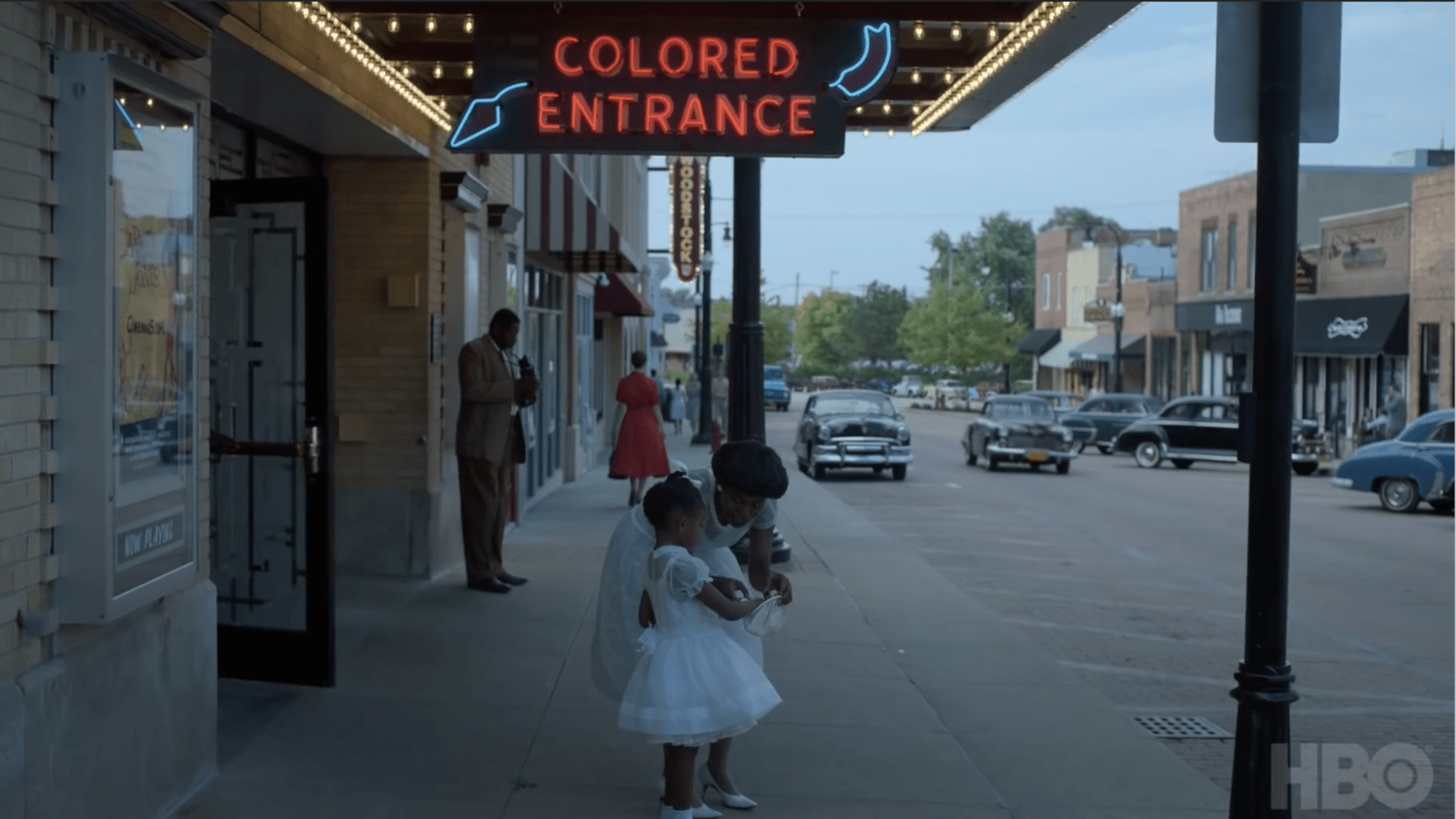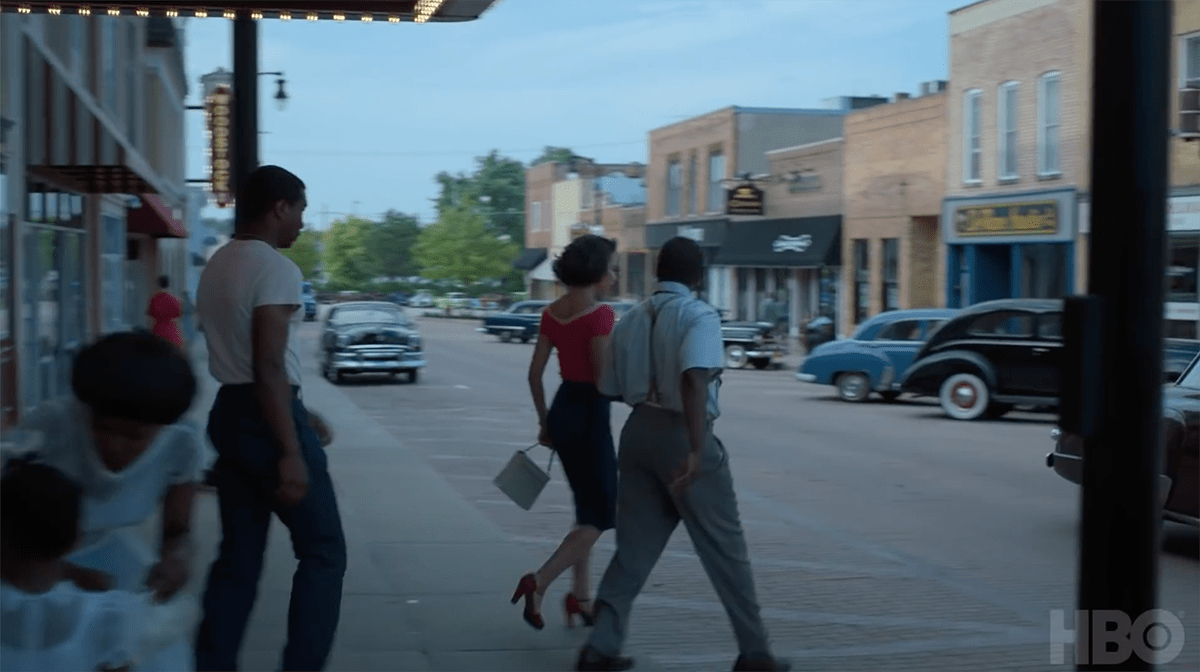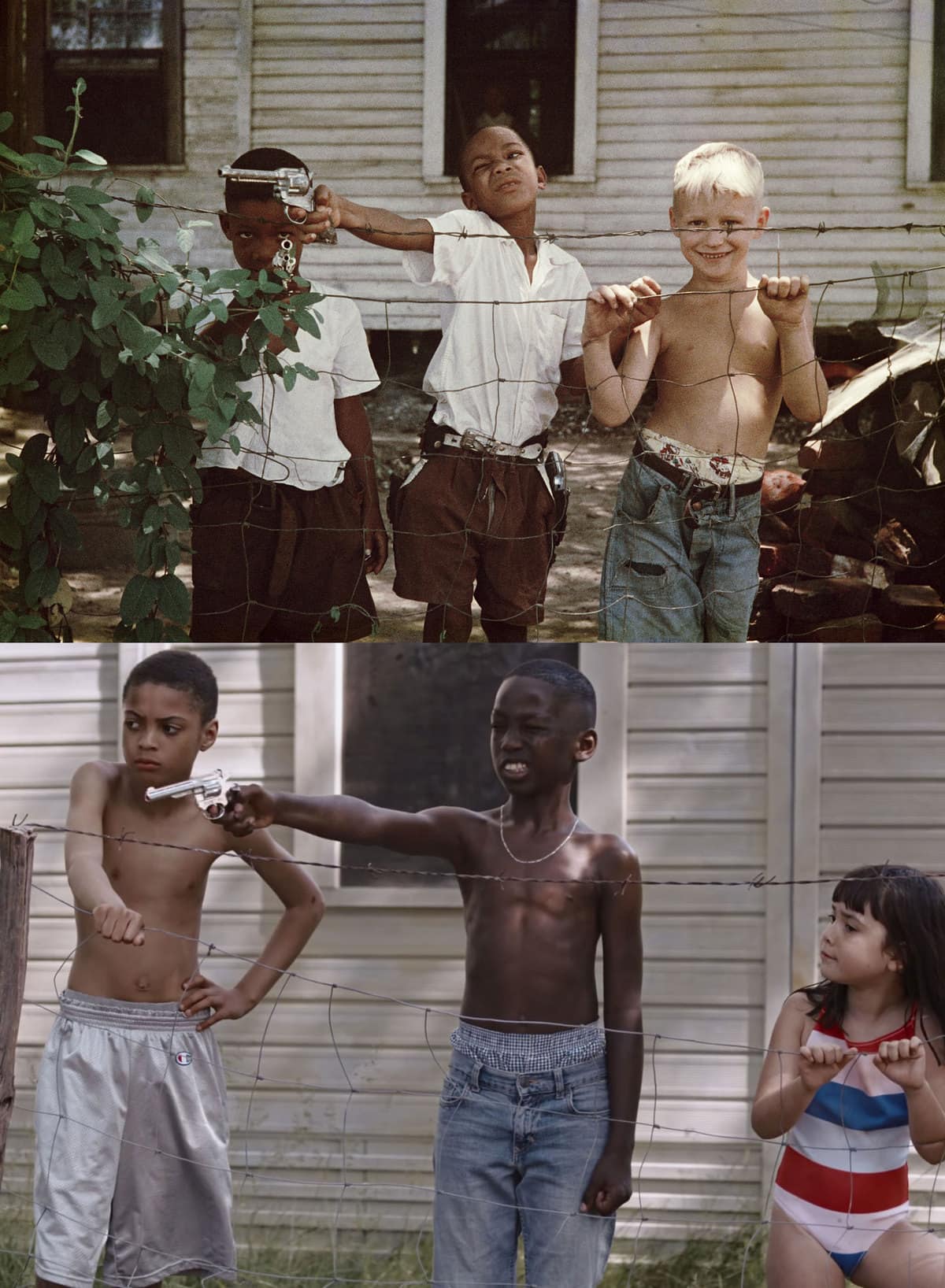Share
Pop Culture’s Homage to Gordon Parks
When HBO’s Lovecraft Country premiered last weekend, sci-fi and photo nerds reveled at the detailed homage to several photos taken by the legenda...

When HBO’s Lovecraft Country premiered last weekend, sci-fi and photo nerds reveled at the detailed homage to several photos taken by the legendary photographer, director and author Gordon Parks. While best known for “American Gothic,” much of Parks’ work throughout his lifetime touched upon the U.S.’ ignominious, racist past – work that has entered the contemporary consciousness through pop culture appropriation.
Based on the 2016 novel by Matt Ruff, the series occupies a fascinating intersection of H.P. Lovecraft’s mythology amid the racism of the 1950s. Showrunner Misha Green recreated two of Parks’ still photos into moments into which the main characters intersect history.
While on assignment for LIFE, Parks traveled to Alabama in the Summer of 1956 to document the racial tensions that followed the Montgomery bus boycott that resulted from Rosa Parks’ (no relation) arrest for refusing to give up her seat. The photo essay entitled “The Restraints: Open and Hidden” took a somewhat prosaic look at the lives of the Thorton and Causey families.
Although Parks often relied on black and white film for much of his career (including 1998’s “A Great Day in Hip Hop”), he used color film for this particular assignment. The color photos lend themselves perfectly as reference images, but more than that, Parks’ “filmic thinking” allowed him to create still photos that represent, in the words of Maurice Berger, “an event in a way that suggested its unfolding over time.” (His use of medium format for many of the images in the series certainly contributed to a cinematic look as well)
In a montage midway through the first episode that visualizes the casual racism that the characters encounter as they travel east from Chicago (and using James Baldwin’s American Dream and American Negro speech as soundtrack), Parks’ image come to life.
Parks’ image of a black family using the Colored window at a drive up diner in Shady Grove, AL became a nighttime scene using an actual restaurant in Hebron, IL according to Reddit user FirmDouble.

Outside the Mobile Saenger Theatre (often referred to as “Department Store”), Parks photographed teacher Joanne Thornton Wilson and her niece Shirley Kirksey beneath a “COLORED ENTRANCE” sign – an image that has grown immensely popular in the past few years. In an AL.com interview, Wilson’s son Michael recalled “I asked her, ‘Why are we dressing up?’ She would say, ‘We don’t want people to think we’re servants.’”

Incidentally, Wilson and Kirksey can also be seen in Parks’ “Drinking Fountains” image.
The brilliance of Green’s homage is the insertion of characters just outside of Parks’ frame or a beat beyond the “decisive moment.” The moving picture captures the time continuum from which a still photo is extracted. It simultaneously shows how the photographer selects a moment and point of view that can make a fraction of a second seem momentous, and how those fractions of a second are so easily displaced.

In 2017, Grammy Award-winning rapper Kendrick Lamar dropped the music video for ELEMENT. from his album DAMN, the first non-jazz or classical work to earn a Pulitzer Prize for Music. The video was co-directed by photographer Jonas Lindstroem, Lamar, and childhood friend Dave Free.
The opening scene, a black hand emerging from a body of water, is the first of several references to Parks’ photos. In the New Yorker, Cassie da Costa notes that the “mimicry of iconic photography is not unheard of in music videos,” but “particularly in the case of Parks, the videos transform historical records into lived sensations.”
In December 2017, the Gordon Parks Foundation opened an exhibition entitled “Element.: Gordon Parks and Kendrick Lamar” which juxtaposed Parks’ original images beside stills from Lamar’s video.

Peter W. Kunhardt, Jr., the Executive Director of the Gordon Parks Foundation told Okayplayer that “The Gordon Parks Foundation is pleased to see Kendrick Lamar recognize Gordon Parks’ important photography while working at life magazine and honoring his legacy.” Kunhardt further noted that, “The Gordon Parks Foundation uses Gordon’s creative work to educate and inspire young artists.”
The quiet dignity of the lives of mid-20th century Black Americans captured so cinematically by Gordon Parks undoubtedly speaks to a younger generation of artists who find inspiration in his groundbreaking work. The visual richness of Parks’ images conjures alternate narratives and seemingly encourages reimagination based on the lived experiences of other creatives. If imitation is the great form of flattery, perhaps homage is the greatest form of reverence.


